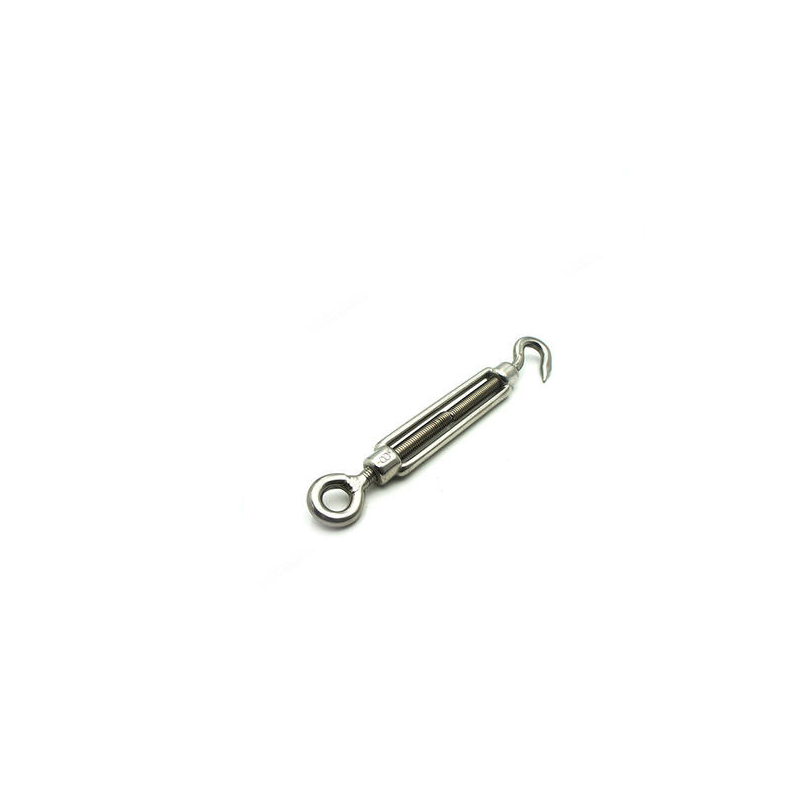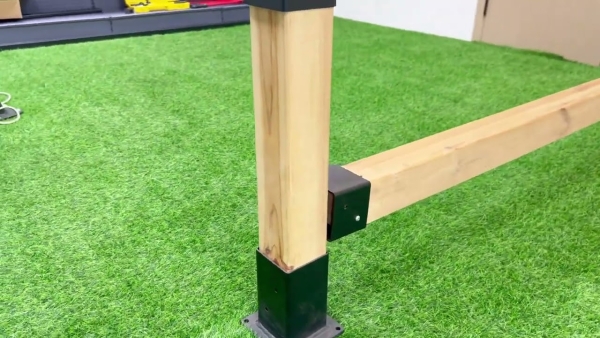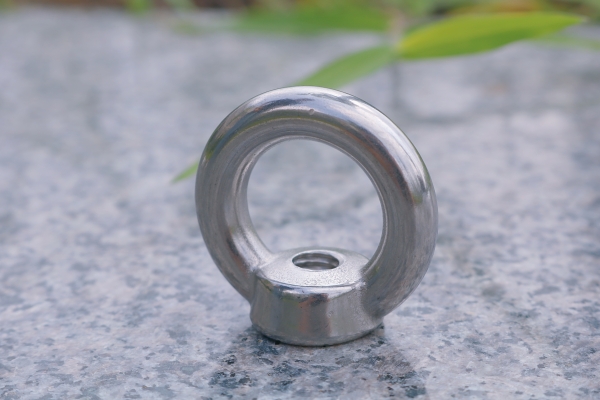Pergola Tasarlamak: İpuçları ve Fikirler
Bir pergola tasarlarken yapının konumunu dikkate almak önemlidir. Pergolalar bağımsız olabilir veya bir eve veya başka bir yapıya bağlanabilir. Pergolanızın konumu, dış mekanınızın düzenine ve onu nasıl kullanmayı planladığınıza bağlı olacaktır. Bağımsız bir pergola arka bahçenizde bir odak noktası oluşturabilirken, bitişik bir pergola evinizin yakınında gölge ve barınak sağlayabilir.
Bazı durumlarda, izinsiz bir pergola inşa edip edemeyeceğinizi merak ediyor olabilirsiniz. Bu sorunun cevabı yerel bina kurallarınıza ve düzenlemelerinize bağlı olacaktır. Birçok bölgede, özellikle bir eve bağlıysa veya belirli bir boyutu aşıyorsa, pergola inşa etmek için izne ihtiyacınız olacaktır. Pergolanızın inşaatına başlamadan önce, iznin gerekip gerekmediğini belirlemek için yerel inşaat departmanınıza danışmanız önemlidir.
Sonuç olarak, bir pergola tasarlamak boyut, malzeme ve konumun dikkatli bir şekilde değerlendirilmesini gerektirir. Pergolalar herhangi bir dış mekan alanına güzellik ve işlevsellik katabilir, ancak bir pergola inşa ederken yerel inşaat kurallarına ve yönetmeliklerine uymak önemlidir. Pergolanızı düzgün bir şekilde planlamak ve tasarlamak için zaman ayırarak, arka bahçenizi yıllar boyu güzelleştirecek çarpıcı bir dış mekan yapısı yaratabilirsiniz.

In addition to size, the materials you choose for your pergola will also impact its design. Pergolas can be made from a variety of materials, including wood, metal, and vinyl. Each material has its own advantages and disadvantages. Wood is a popular choice for pergolas because of its natural beauty and versatility. However, wood requires regular maintenance to prevent rot and decay. Metal pergolas are durable and low-maintenance, but they can be more expensive than wood. Vinyl pergolas are affordable and easy to maintain, but they may not have the same aesthetic appeal as wood or metal.
When designing a pergola, it is important to consider the location of the structure. Pergolas can be freestanding or attached to a house or other structure. The location of your pergola will depend on the layout of your outdoor space and how you plan to use it. A freestanding pergola can create a focal point in your backyard, while an attached pergola can provide shade and shelter near your home.
In some cases, you may be wondering if you can build a pergola without a permit. The answer to this question will depend on your local building codes and regulations. In many areas, you will need a permit to build a pergola, especially if it is attached to a house or exceeds a certain size. Before starting construction on your pergola, it is important to check with your local building department to determine if a permit is required.
In conclusion, designing a pergola involves careful consideration of size, materials, and location. Pergolas can add beauty and functionality to any outdoor space, but it is important to follow local building codes and regulations when constructing one. By taking the time to plan and design your pergola properly, you can create a stunning outdoor structure that will enhance your backyard for years to come.







